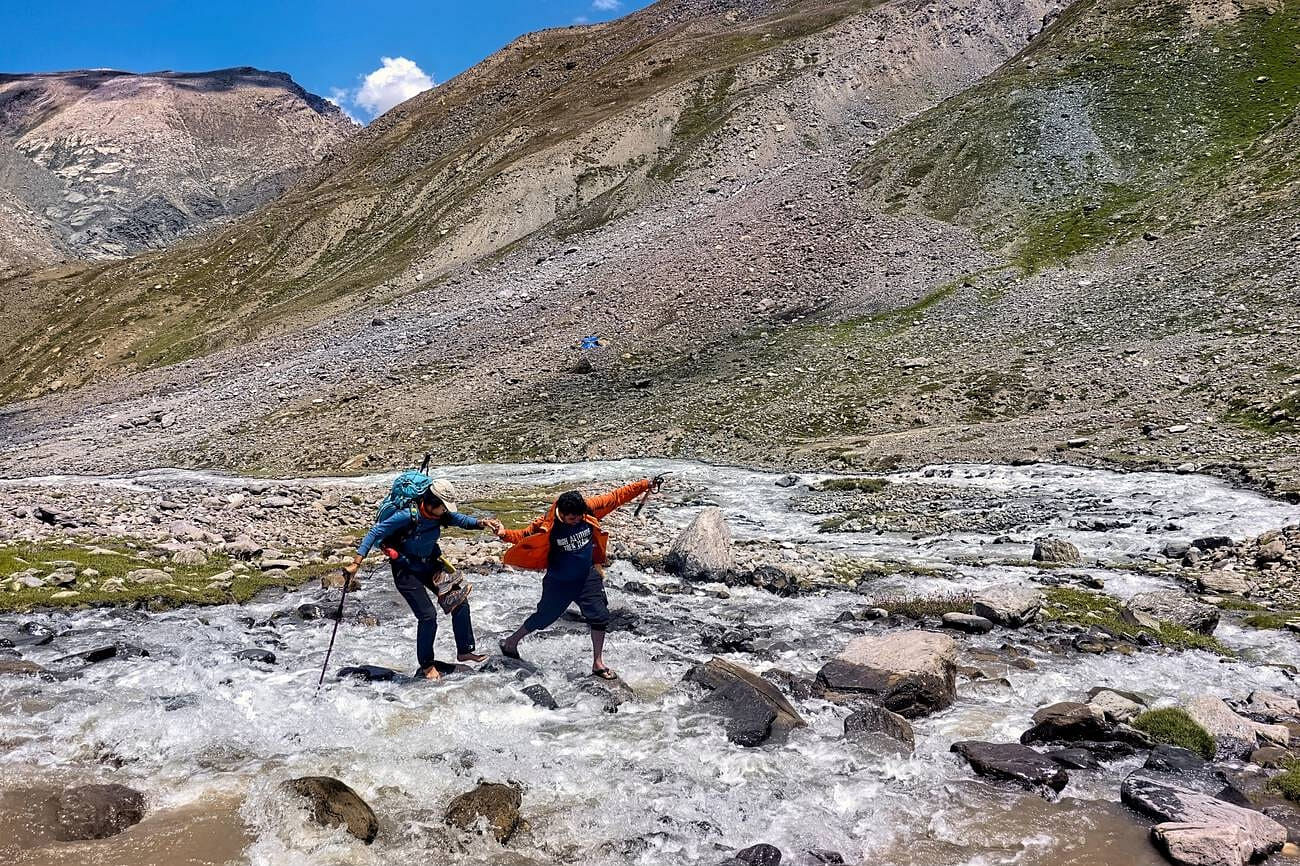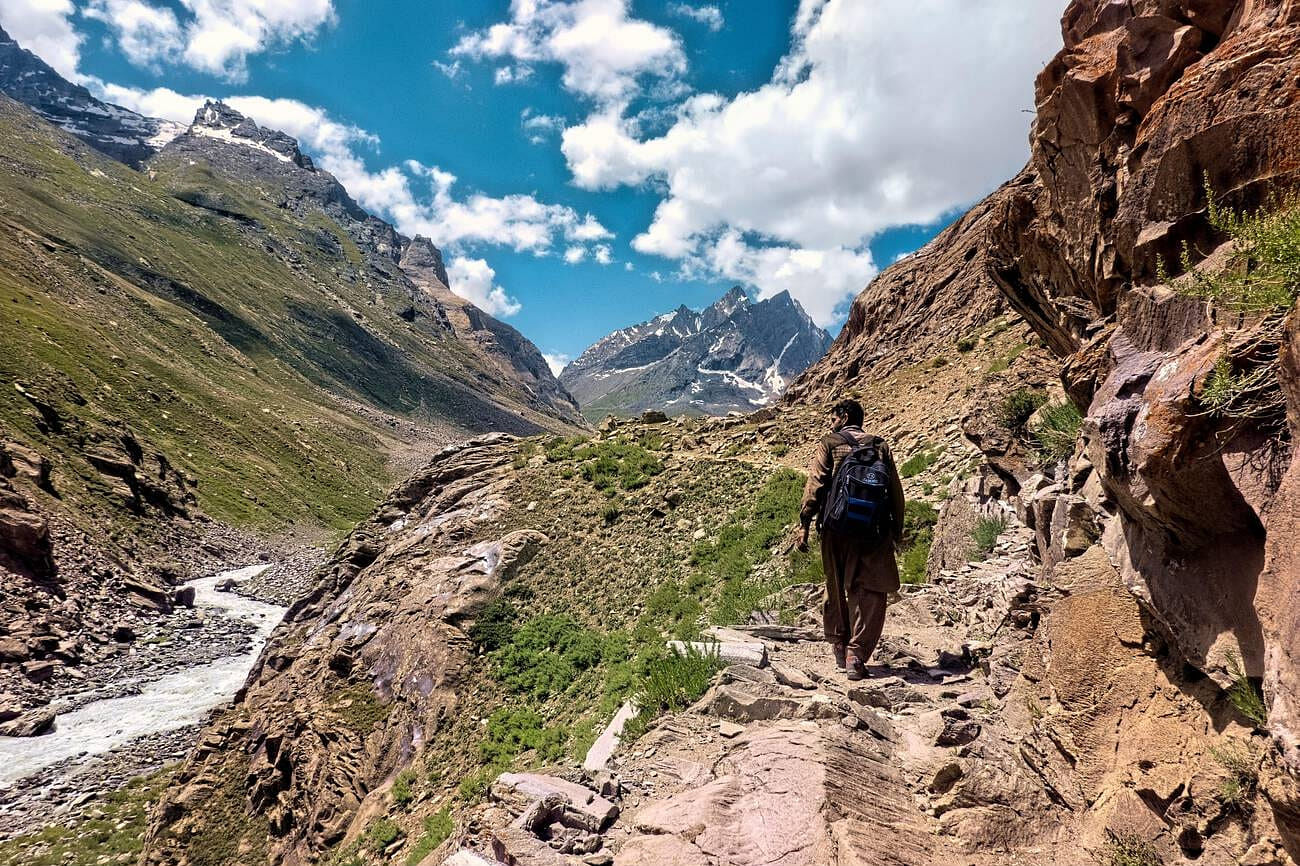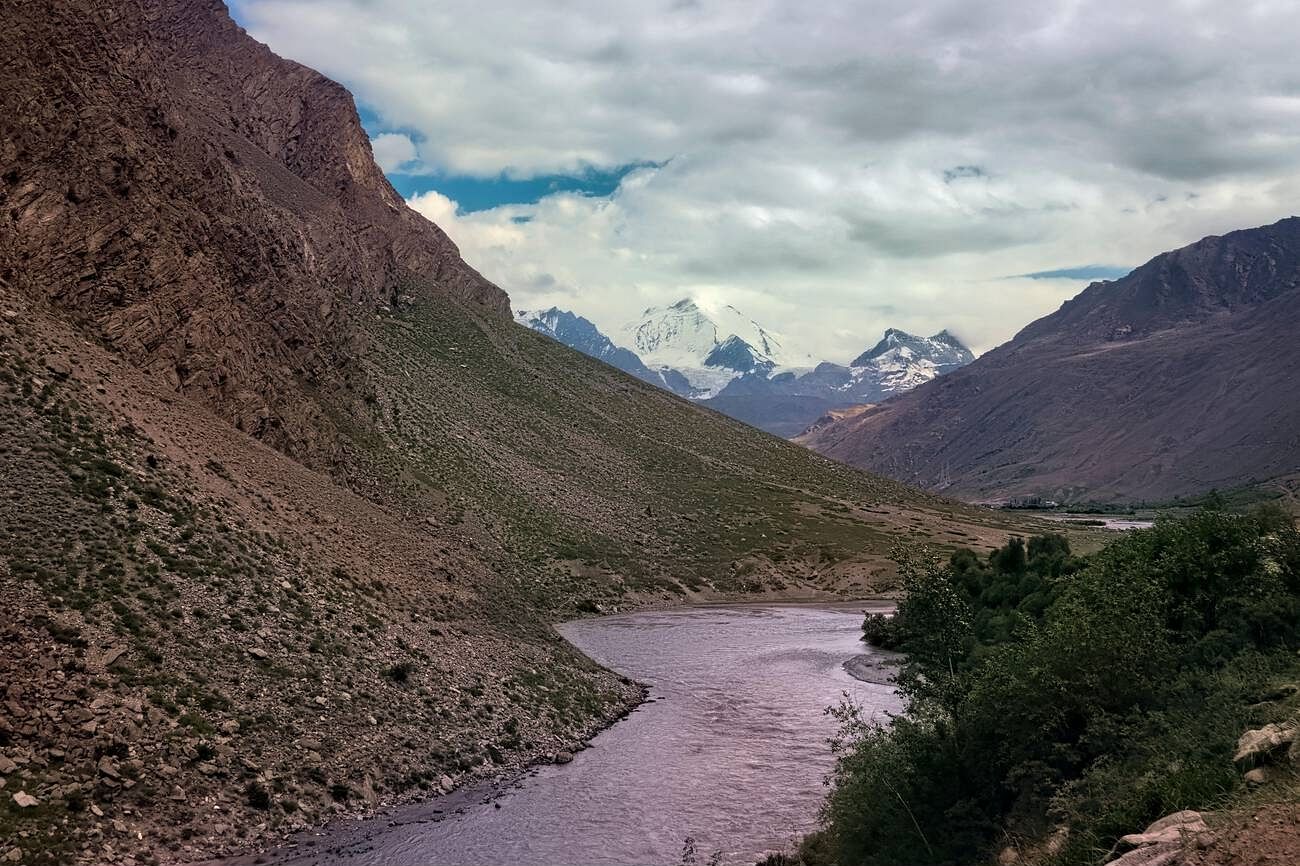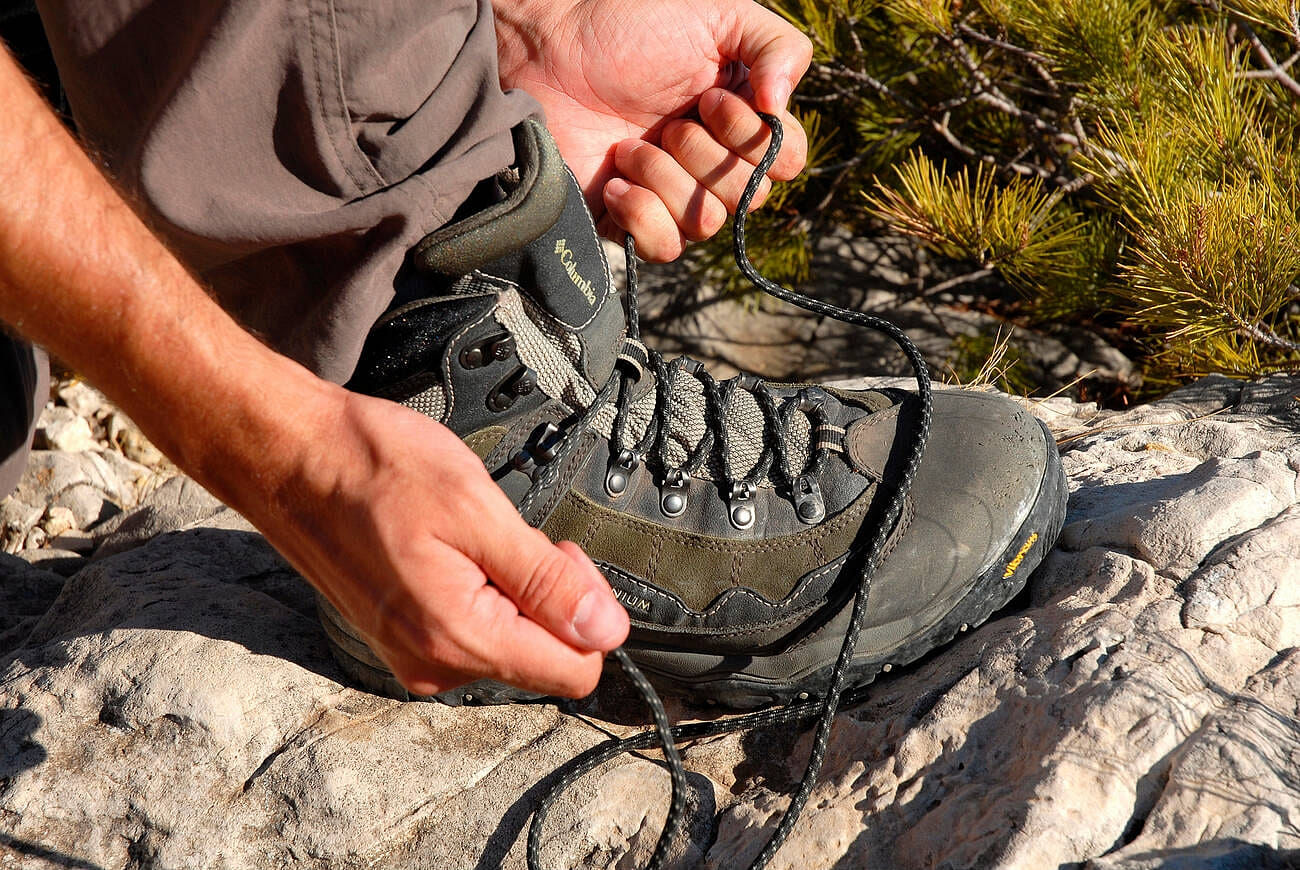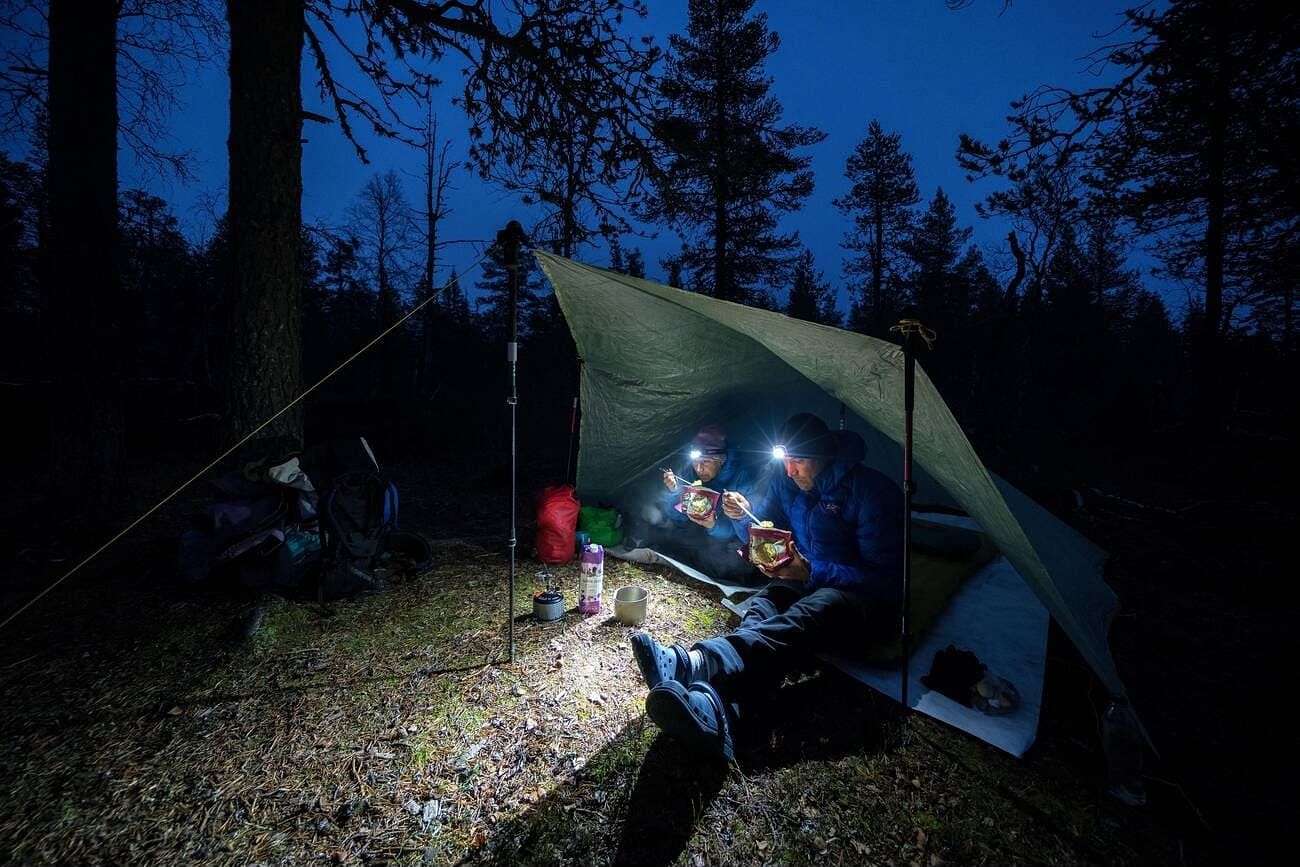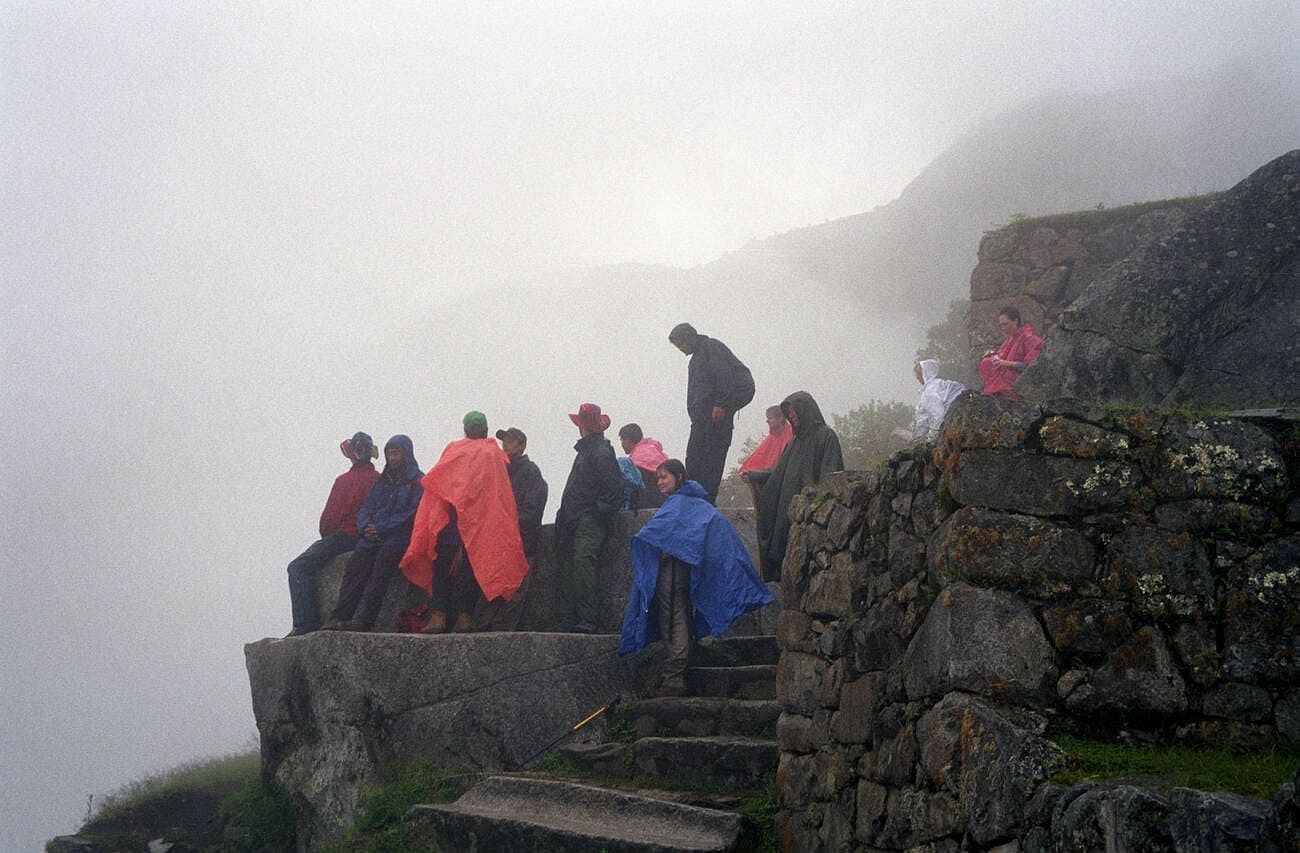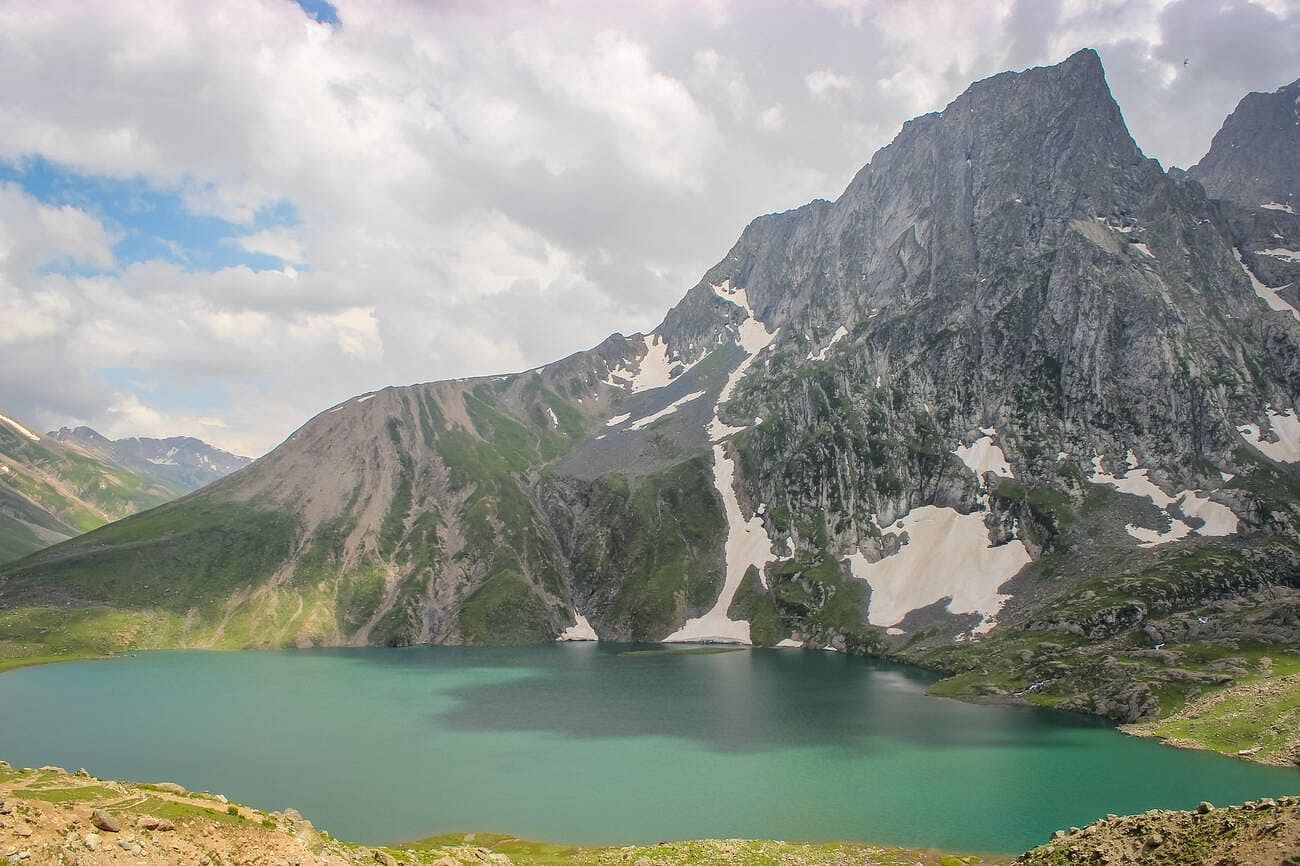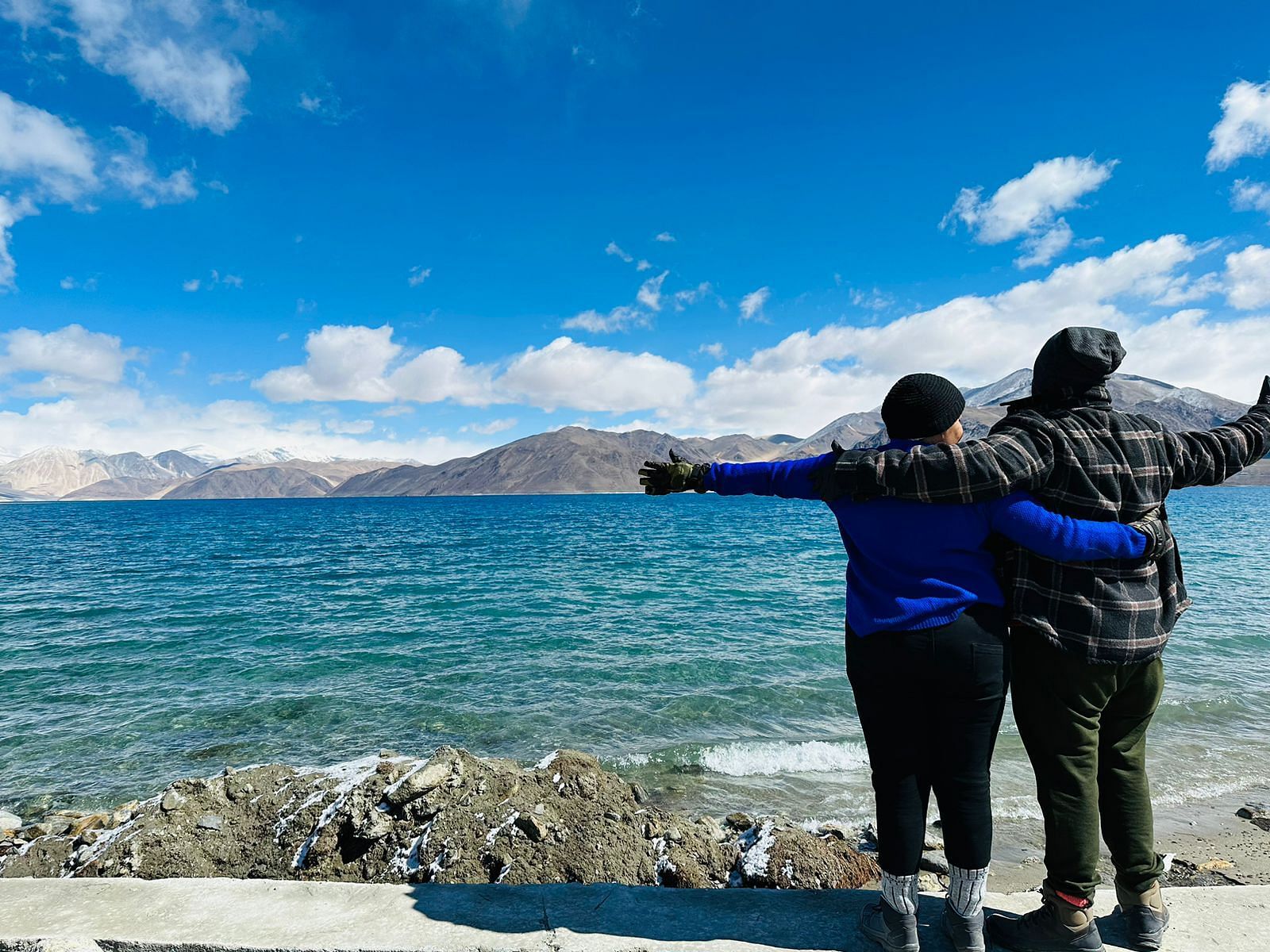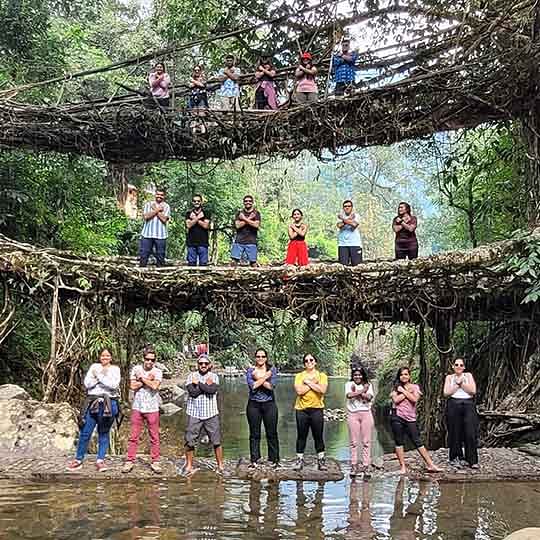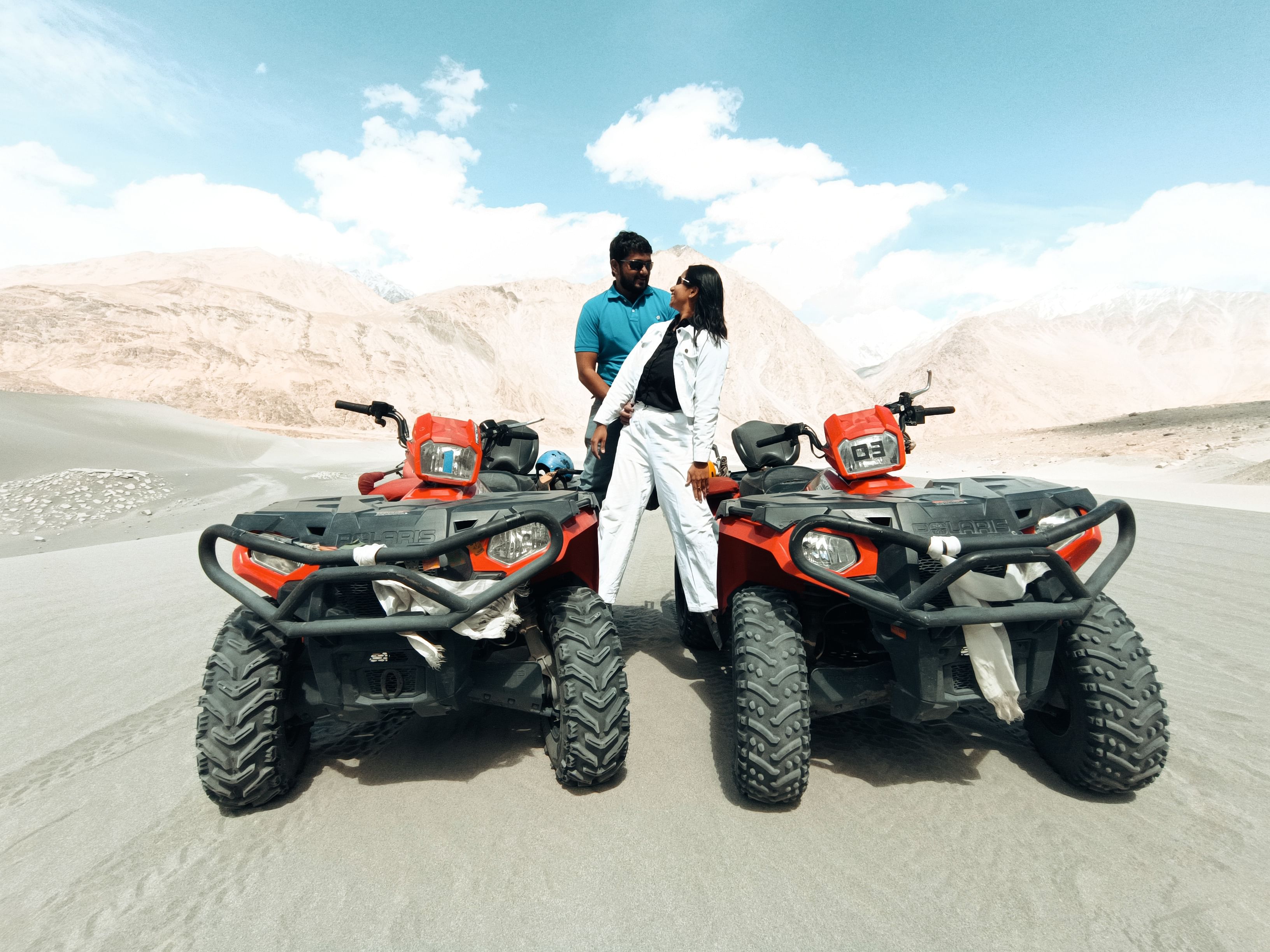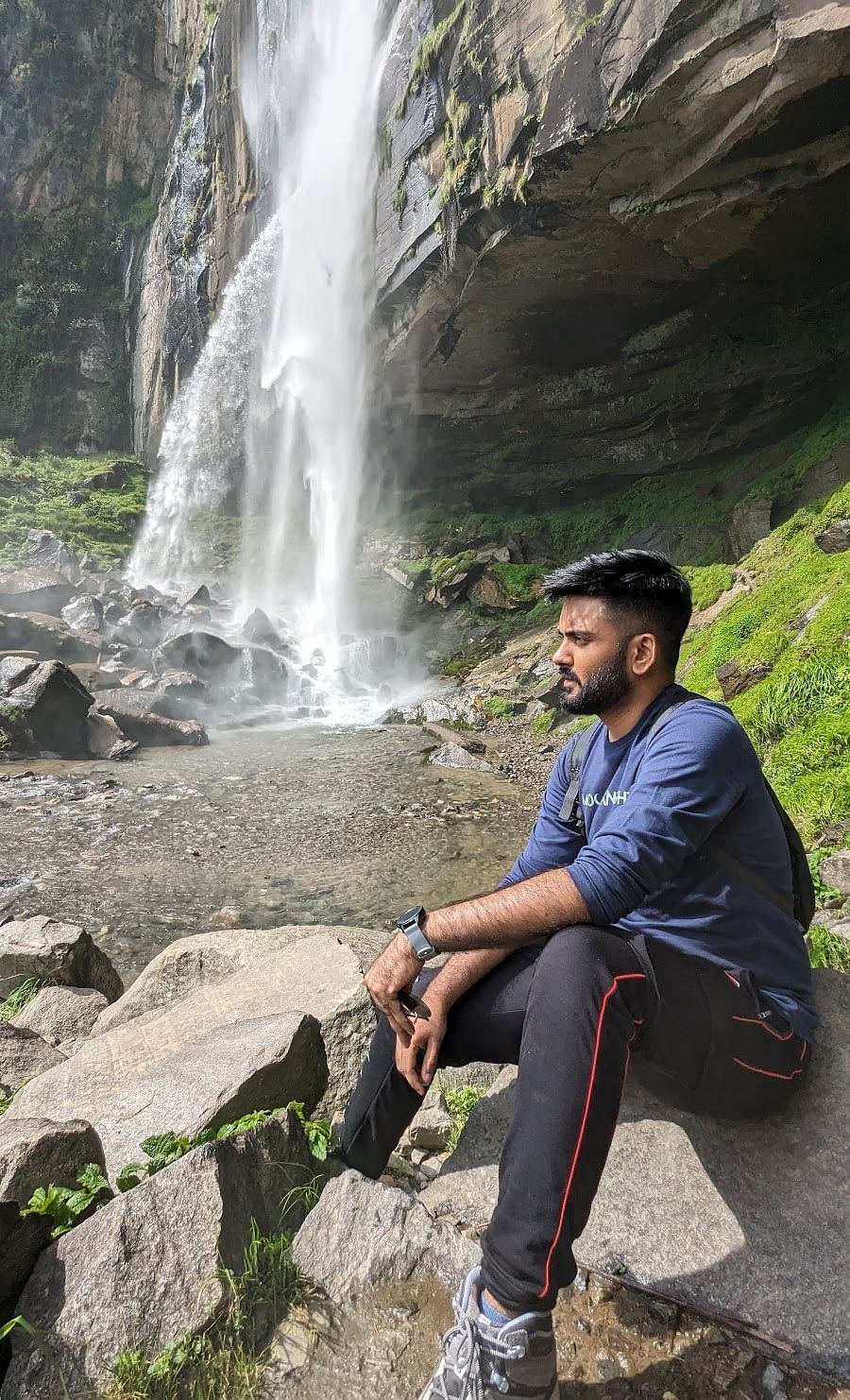Kashmir is like a painted canvas, with snow-capped mountains, beautiful lakes, lush green meadows, and pleasant weather…There’s no doubt that’s why it’s called a heaven on earth. Kashmir offers its visitors a lot of things to do. If you are planning to take a Kashmir tour package you will find a pleasant surprise waiting for you at every turn. Kashmir provides ample opportunities for trek enthusiasts and adventure seekers to explore and indulge in exciting activities. There are so many Treks in Kashmir and one of the most famous Treks is the Great Lakes trek of Kashmir, but there is a more beautiful trek than the Great Lakes trek, which is the Warwan Valley trek.
Nestled amidst the towering peaks of the Himalayas, the Warwan Valley stands as a testament to nature’s unparalleled artistry. Tucked away in the pristine landscapes of Kashmir, this enchanting valley beckons adventurers from far and wide to explore its hidden treasures.
Warwan Valley Trek is a journey that promises not just physical exhilaration but also a profound connection with the soul-stirring beauty of the Himalayas. In this complete guide, we embark on a virtual expedition through the Warwan Valley, uncovering its wonders and offering insights to ensure a seamless and memorable trekking experience.
Discovering Warwan Valley: A Symphony of Nature’s Glory
Kashmir is known for its beautiful valley no doubt, but when you see Warwan Valley you will be connected to the song “Ye Haseen Waadiyaan Ye Khula Aasmaan”, because of its unexplored beauty and charm and it is truly a symphony of nature’s glory.The Warwan Valley is a stunningly beautiful place that unfolds like a woven tapestry of natural wonders. Every fold reveals a new facet of breathtaking beauty, such as towering peaks with snow-capped crowns, verdant meadows covered with wildflowers, and glistening streams cascading down rocky slopes.
Beautiful Warwan Valley is exceptionally stunning for Kashmir itself. Because of its remoteness and isolated location, this side of Kashmir is untouched even by the Kashmiries itself. As trekkers traverse its rugged terrain, they are treated to panoramic vistas that stir the soul and awaken a sense of awe and wonder.
During your trek to Warwan Valley, you will get to explore the Trans-Himalayan region, which is surrounded by barren mountains around Panikhar. The trail will take you through an oasis, river deltas, wildflower meadows, and glaciers, all of which are set among these mountains, creating a beautiful setting. After several days of being surrounded by desert mountains, the trail slowly moves into the lush greenery of Kashmir, which has a striking effect.
What is the best time to do the Warwan Valley trek?
Timing is key when embarking on the Warwan Valley Trek, as the weather and trail conditions can significantly impact the trekking experience. The best time to do the Warwan Valley trek is from July to August. This is the only time you can do the Warwan Valley trek. All the other seasons the Warwan Valley is buried under the snow.You might be wondering whether the monsoon months will affect your trekking experience. While most trek trails in Uttarakhand are closed during this time, things are different in Kashmir.
The Pir Panjal range, which is 288 km long and 40-50 km wide, separates Kashmir from the rest of the Indian subcontinent. As a result, most rain clouds are blocked from crossing over into the Kashmir Valley, making it possible to trek during this season.
How to Reach Warwan Valley Basecamp?
Reaching the base camp of the Warwan Valley Trek is an adventure in itself, as trekkers journey through the scenic landscapes of Kashmir to reach their starting point. The journey to the base starts from the city of boathouses, Srinagar. If you want to explore Srinagar then plan two or three days before the trek as there are many places to visit in Srinagar. Plan to spend 2 days exploring Srinagar, followed by a rest day to prepare for the trek.The base camp for the Warwan Valley Trek is located in Panikhar, which is about 185km away from Srinagar. The journey from Srinagar to Panikhar takes about 6 to 7 hours, but it is a beautiful and scenic drive. It is recommended that you start your journey to the base camp early in the morning through the cabs arranged by trek camping agencies.
If you are planning to do this trek alone, you can take a shared taxi from Srinagar. However, do note that the last shared taxis for Panikhar leave the Kargil taxi stand by 2:00 pm, so it is important to leave Srinagar early. The cost of a cab from Srinagar to Kargil is Rs. 1500 per person. From Kargil, you can take a bus to Panikhar, which will cost Rs. 250.
The journey to reach the base camp of Panikhar can be divided into two parts one part is from Srinagar to Kargil and the other part is from Kargil to Panikhar. Panikhar is a small village in Suru Valley. Surrounded by peacefulness, the untouched beauty of nature will bring you a sense of tranquility.
What to Pack for Warwan Valley Trek?
Packing wisely is essential for a successful trek in the Warwan Valley, as trekkers must be prepared for the challenges of the rugged terrain and ever-changing weather conditions. When trekking in Warwan Valley, you need to carry different trekking gear that differs from regular treks.
The Warwan Valley trek requires sturdy trekking shoes that provide good grip and ankle support and can handle snow. Since you’ll be trekking long distances every day, it’s essential that you have good trekking shoes as they can make or break your trek entirely. Additionally, the trek involves multiple river crossings and glacier walks. Good trekking shoes are crucial for the success of your trek, so make sure you have them.
For the Warwan Valley trek, a 60-liter backpack with hip and shoulder support and quick-access pockets is recommended.
Wearing layers is important when you are trekking in the mountains. Layers give you maximum protection from cold weather as you will reach the high altitudes. The weather changes in the mountains every few hours. So according to the weather, you can layer yourself as required.
The Base layer:
The base layer should be T-shirts. Carry 3 T-shirts with you on the trek. You can Wear one T-shirt and carry two. Having a full-sleeved dry-fit T-shirt is a must. These prevent your arms and neck from getting sunburnt. Especially at high altitudes UV rays can burn you.
Carry Dry fit T-shirts which will observe your sweat quickly and get dry easily. They are easy to wash also and in case of any rainy day, it dries quickly. Use synthetic material T-shirts, because in the mountains where it is cooler wearing synthetic is good because it rapidly observes the wet and keeps you dry.
Pro Tip: Dry-fit T-shirts do tend to smell quickly, so carry a roll-on deodorant with you. To smell fresh. Also if you are inclined to more cold, you can get a set of thermal inners.
This trek is the highest altitude trek at 14,550 ft. Even in the middle of summer, it can get very cold at these altitudes. You will require a minimum of three insulation layers for this trek.
- 1 light fleece Jacket
- 1 full-sleeve light sweater.
- 1 padded jacket with a hood for the outer layer which will help to keep the wind and cold out and keep you warm from inside.
You need sweaters and fleece jackets that can fold into compact rolls and are lightweight.
Two pairs of trek pants should be more than enough for this trek. If you want to carry more then wear one pair and carry two just in case it is needed. It is better to choose quick-dry pants over cotton trek pants. They dry up soon in case of small stream crossings/rain.
Sunglasses serve as a crucial safeguard against snow blindness, particularly during treks like the Warwan Valley expedition, where extensive stretches of snow are common, especially in early August. Even brief exposure to direct sunlight on snow can result in snow blindness, as the snow acts as a multitude of mirrors, reflecting harmful UV rays. Therefore, it’s imperative to wear sunglasses equipped with UV protection to shield your eyes from potential harm. If you are trekking on a snowy terrain, do not remove your sunglasses until you have completely crossed it.
Pro Tip: Consider purchasing wrap-around sunglasses.
A sun cap is mandatory to prevent headaches, sunstrokes, dehydration, and decreased performance during trekking. During the daytime in the mountains, the sun will be very harsh. So protecting your head during the trek is a mandatory rule.
Pro Tip: Sun caps with flaps are a very good option for trekkers.
During a trek such as the one in Warwan Valley, you’ll inevitably encounter snow frequently, especially throughout July and August. It’s essential to have suitable gloves to handle various tasks, from gripping objects to maintaining stability in the snow. Additionally, the gloves should provide warmth amidst the chilly conditions.
Opt for synthetic hand gloves with waterproof exteriors and padded linings to ensure optimal protection. In case you don’t find such a glove consider wearing a snug-fitting fleece glove underneath a synthetic one. Remember, hand gloves are indispensable for this trek.
During your trek in Warwan Valley, it is essential to protect your head from the cold temperatures and high altitudes. It is recommended to wear a woolen cap during the daytime and even at night to keep your head warm. As you lose more heat from your head in cold mountains, it is crucial to wear a woolen cap in the early mornings, late evenings, and on cold trekking days. Ensure that the woolen cap should cover your ears as well. Avoid taking the cap that only covers your head.
Carry two sports socks, apart from that take a pair of woollen socks. Sports socks give you cushioning plus warmth. Try to wear synthetic socks. Cotton socks are very hard to dry. Woolen socks will help you to keep warm and snug at night.
Trekkers are often confused about whether they need to get a headlamp or a handheld torch. You need to get a headlamp because it leaves your hands free to do other activities. On the Warwan Valley trek, you’ll need your hands free to wash dishes, pitch tents, and hold your trek poles.
Trekking poles are important in every trek and they give you support and balance. On the Warwan Valley trek, there are crossovers, steep ascents, and descents. Having a pair of trekking poles will help you to have a comfortable trek. It is always best to have two trekking poles that give you greater stability and balance.
When you are on a trek, the weather can change suddenly. One moment it can be sunny and the next it can start raining heavily. To prepare for this, it’s a good idea to carry a poncho or a rain jacket. A poncho is highly effective as it covers both you and your backpack. Moreover, it is lightweight and won’t add much weight to your luggage. On the other hand, rain jackets are more streamlined and are slightly heavier. There is no need to carry rain pants as dry-fit trek pants dry quickly even if they get wet.
Rain cover for your backpack
Backpacks are essential for carrying all your dry clothes and warm gear, and they must remain dry at all times. Fortunately, most modern backpacks come with built-in rain covers. However, if your backpack doesn’t have one, you can purchase a rain cover.
Floaters or Crocs/Aquashoes
You need a pair of either Floaters with straps or even Crocs will be good. This is required for the river crossing on the Warwan Valley trek and an additional thing to be carried. you can even think of getting the Aquashoes from Decathlon which are very light and easy to carry.
Note: Do not carry Flip Flops or Chappals.
A basic toilet kit is enough. Carry just the basics — a toothbrush, toothpaste, small soap, toilet tissue roll, a small moisturizer, Sunscreen, lip balm, and a roll-on deodorant. As there is no bathing option during the trek, so don’t overload on soaps and shampoos.
Pro tip: Women on a trek during their menstrual cycle can use pads, tampons, or menstrual cups. Toilet tents will be available for changing. Bring ziplock bags to dispose of waste and don’t leave any waste in the mountains.
The Warwan Valley trek involves long walking days, and it is essential to stay hydrated during the journey. Therefore, it is recommended to carry two liters of water bottles with you. It would be beneficial if one of the bottles is a lightweight thermos, as it can help you store warm water for cold days or late evenings and early mornings.
Carry old plastic covers to keep your used clothes. You could use them even for wet clothes.
These are mandatory items to carry for the Warwan Valley trek. In addition to this carry the important documents that are informed to you by your trek leader and make sure to keep a small medical kit handy in case of any emergency. Ask your trek leader to inform you about the medicines to be carried in the trek. Carry your original Identity card for taking a permit and medical fitness certificate also.
Exploring Alpine Lakes: Jewels of the Warwan Valley
One of the highlights of the Warwan Valley Trek is the opportunity to visit the majestic Warwa Lakes, nestled amidst the rugged peaks of the Himalayas. These pristine alpine lakes, with their crystal-clear waters and serene surroundings, offer a peaceful retreat amidst the wilderness. The two alpine lakes were formed by melting glaciers.As the day progresses, the sky will go through a stunning transformation, starting from clear dawn and gradually changing from sea green to light blue, eventually ending up in an inky blue hue by evening. While crossing the pass during the day, you will be amazed by the beauty of two lakes that will leave you feeling thankful for being able to witness such a breathtaking view.
Warwan Valley Trek Itinerary, duration, and Mapping
A well-planned itinerary is essential for a successful trek in the Warwan Valley, ensuring that trekkers make the most of their time in this stunning landscape. A typical itinerary spans around 8-9 days, allowing ample time to explore the valley’s wonders at a leisurely pace. The trek covers moderate to challenging terrain, with opportunities to camp in scenic locations and interact with the local communities.The Map of the Trek Day 1
Srinagar to Panikhar base camp
Altitude: 8,795 to 10,700 ft
Distance: 185 km drive
Duration: 7-8 hour drive
Day 2
Acclimatization day at Panikhar
Day 3
Trek from Panikhar to Denora
Altitude: 10,700 ft to 12,375 ft
Distance: 14 km
Duration: 8 hours (moderate level)
Day 4
Trek from Denora to Kalapari
Altitude: 12,375 ft to 12,850 ft
Distance: 2 km
Duration: 2.5-3 hours (easy to moderate level)
Day 5
Trek from Kalapari to Kaintal via Lomvilad Pass
Altitude: 12,850 ft to 11,550 ft via 14,495 ft
Distance: 17 km
Duration: 13-14 hours ( Difficult as you will be walking on the Bracken glacier)
Day 6
Trek from Kaintal to Humpet
Altitude: 11,550 ft to 11,120 ft
Distance: 17 km
Duration: 7-8 hours ( moderated to difficult )
Day 7
Trek from Humpet to Sukhnai
Altitude: 11,120 ft to 9,320 ft
Distance: 15 km
Duration: 7-8 hours ( moderated to difficult )
Day 8
Trek from Sukhnai to Basmina and drive to Mati Gawran
Altitude loss: 9,320 ft to 8,350 ft
Distance: 14.5 km
Trek Duration: 6-7 hours ( moderate )
Day 9
Travel from Mati Gawran to Srinagar
Drive distance: 111 km
Duration: 3-4 hours
The Warwan Valley trek is an exquisite journey due to its unspoiled beauty. The village of Warwan is charming with traditional houses and friendly, welcoming locals as they are not much exposed to the outer world.Important Note: The Warwan Valley Trek is not for beginners. The trek level is moderate to difficult. A high fitness level is required to do the Warwan valley trek because it is a high-altitude trek that comes with a set of challenges. Steep ascents and descents, uneven terrain, snow walks, stream crossings, pass crossings, and summit climbs. To do this high-altitude trek of Warwan valley one needs to be well-prepared.
Conclusion: Embracing the Spirit of Adventure
Kashmir offers several adventure activities to do. The Warwan Valley Trek in Kashmir is not just a trekking expedition; it’s a journey of self-discovery and a chance to connect with the raw beauty of the Himalayas. With its awe-inspiring landscapes, serene lakes, and welcoming local communities, this trek offers a truly unparalleled experience. So pack your bags, lace up your boots, and embark on an adventure of a lifetime in the mystical realms of the Warwan Valley. As you traverse its rugged terrain and immerse yourself in its natural wonders, may you find solace in the beauty of the mountains and inspiration in the spirit of adventure.




